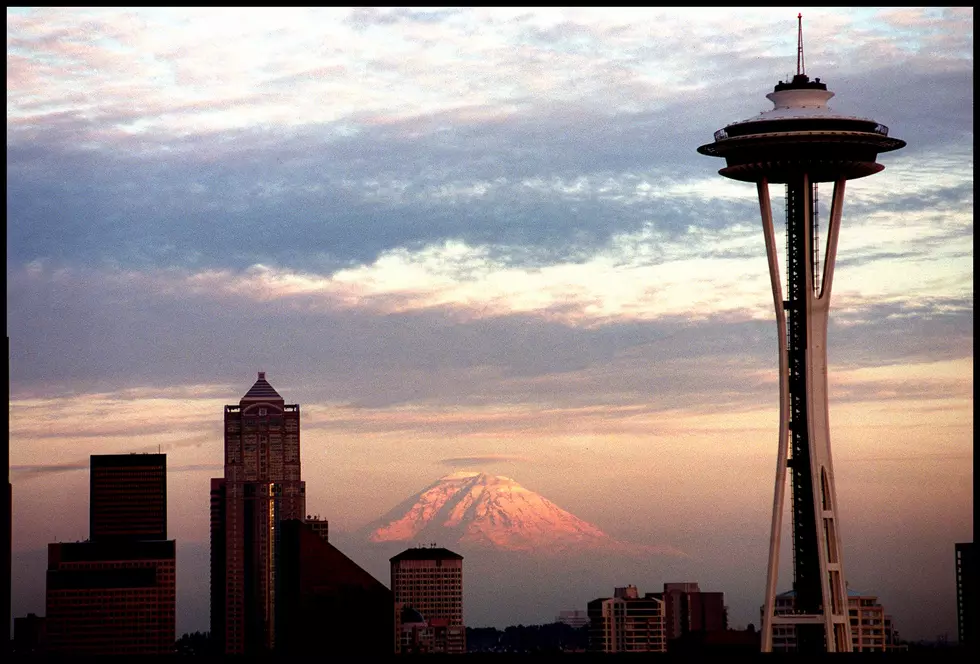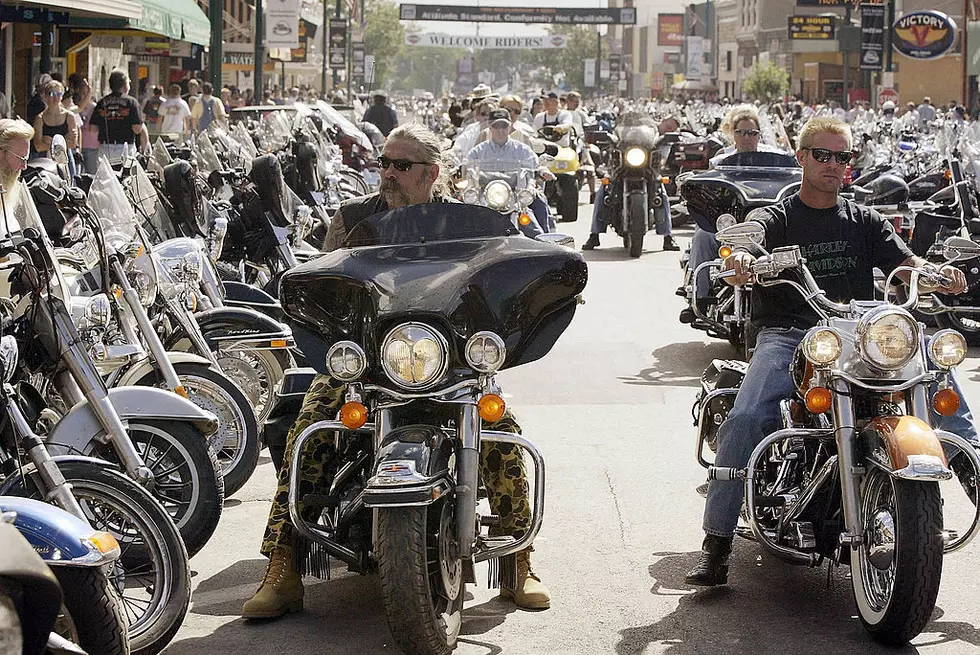
Seattle Passes $15 Minimum Wage
The Seattle, Washington, City Commission has passed the highest minimum wage in the nation voting to pay $15 per hour starting in April of 2015.
For a 30 hour per week worker that would mean a yearly salary of $23,400 or $31,200 for a 40 hour weekly worker. Nowhere near a “living wage” in a city such as Seattle.
The wage would be phased in over a seven-year period for various businesses. There would also be a provision for teens.
Current Effects of $15 Minimum Wage
There is a section of Seattle that already has a $15 minimum wage. The airport and some hotel areas are subject to that rate. Union hotels are not allowed to pay their workers the higher wage because it’s not a part of the collective bargaining agreement.
According to an article in the Northwest Asian Weekly the new minimum is not much of a benefit to local workers. Previous to the wage hike hotel employees were getting extra perks such as free food in the hotel restaurant, free parking, and overtime. No more. All those perks are gone.
The Evolution of Price
Yesterday I wrote a blog about “The Evolution of Price.” That payroll costs can have an adverse effect on businesses that have very low profit margins and rely on volumes of customers to be successful in their local markets. Higher payroll costs must be passed on to the consumer who may no longer see your goods and services as worth the additional cost to them.
One of the quickest, and easiest ways to reduce costs is to reduce the number of warm bodies in that business.
Unintended Consequences
Suppliers are not going to pay their workers less so they can sell you raw products to make up for your increased payroll costs. In fact they are probably going to have to raise their prices too because they too will be affected by any changes in payroll costs putting an even greater burden on the local stores.
It’s akin to a slowly growing tidal wave that hits the local “mom and pop” Main Street stores the hardest. Even if they are given more time to adjust to the rise in payroll good employees could leave for higher pay elsewhere because bigger stores will have to pay the increase sooner. So the local owner is left paying higher wages to an inferior workforce.
Feel Good Laws
The problem with “feel good” laws is that the people who pass them assume, incorrectly, that things will remain as they were before the law was passed. That a business will keep the same number of employees, pay them more for doing the same exact job they did at the lower payroll rate, and still make tons of money.
Business doesn’t operate that way. Anything that affects the bottom line will be addressed and eliminated or modified. It might be more automation, fewer workers, shorter business hours or fewer products sold.
Some Final Thoughts
There is no better indicator of employee wages than a free market. In South Dakota McDonald’s workers are making $20 and hour because no one will work for less there due to the high paying oil well jobs.
Wages have risen 140% within 100 miles of the oil fields. However, for a business to pay those high wages enough customers have to come through their doors to make it pay. Otherwise an “Out of Business” sign goes up.
More From KMMS-KPRK 1450 AM









